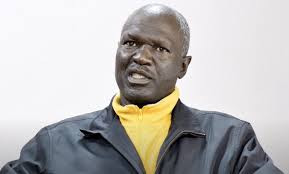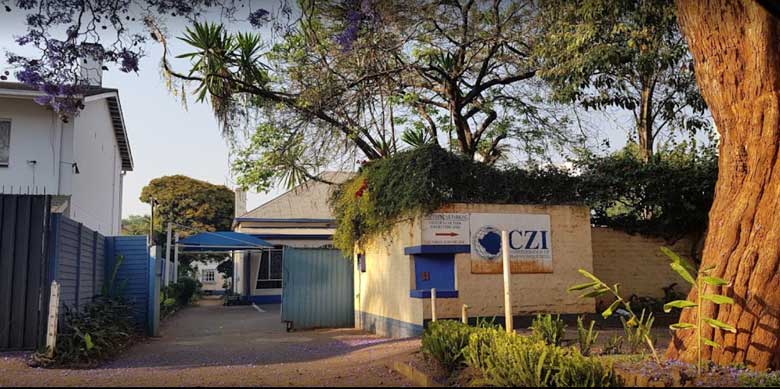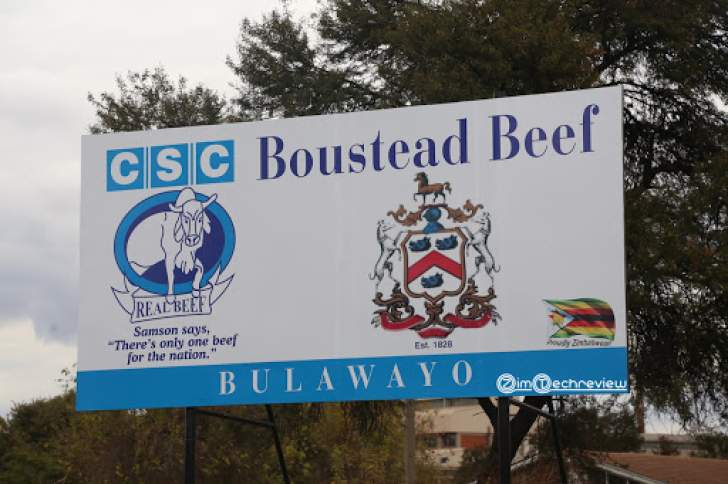
When Captain Obet Mazinyi (OM) landed a job in Hong Kong in 1991, he was the only black African pilot in that part of China’s special administrative region. He is currently a senior instructor and examiner/check captain with Cathay Pacific, on the Boeing 747-400ERF and Boeing 747-8.
Captain Mazinyi has a huge and loyal following on Instagram. He takes his followers right into the Boeing 747 flight deck, where he regularly shares nuggets of knowledge about the much-loved jumbo.
In this interview with blogger Sam Chui (SC), he shares a detailed and fascinating account of his flying story.
SC: Give us your background
OM: I was born in Harare, Zimbabwe, with my roots going all the way to Wedza district of Zimbabwe. Although I am from Zimbabwe, quite a large chunk of my education was in Zambia. In the mid-1960s, my parents moved to Zambia. I have been happily married to my lovely wife Persy for 29 years.
My present situation is that I am a senior instructor and examiner/check captain with Cathay Pacific Airways on the Boeing 747-400ERF and Boeing 747-8.
I have been with Cathay Pacific now for close to 26 years, but a total of 31 years with Cathay group airlines, including Air Hong Kong. I am based in the beautiful and vibrant City of Hong Kong
SC: What made you to choose flying and become a pilot?
- Chamisa under fire over US$120K donation
- Mavhunga puts DeMbare into Chibuku quarterfinals
- Pension funds bet on Cabora Bassa oilfields
- Councils defy govt fire tender directive
Keep Reading
OM: At the age of seven, I was sent to boarding school in Lusaka, Zambia’s capital city. It was this move that got me hooked on flying. Why, you ask? Well, to get me to my boarding school, we had to fly to Lusaka via Ndola.
It was my first time getting on an aeroplane, a Douglas DC-3. As I pulled myself forward to my seat (as the DC-3 is a tailwheel aircraft) I could see the pilots and that was it, I was going to be a pilot.
As if the flight itself was not enough, the school I went to in Lusaka was opposite, albeit some distance away, Lusaka International Airport. On clear days, in the playground, you could watch and hear aircraft taking off and landing. Aircraft in those days were loud, which was just such a beautiful sound! They were VC-10s, Boeing 707s, DC-8s, DC-9s and BAC 1-11 to name but a few.
SC: Tell me the early struggles and challenges you faced as a student pilot or junior pilot.
OM: The same struggles or issues that exist today, as far as finding a sponsor to fund the training as a pilot, existed in those days too. Financing a pilot course has always been an expensive exercise.
The main difference though is that a lot of the major airlines had a budget to sponsor their own pilots; with the provision that you would have to sign a bond to promise to work for the sponsoring airline for at least four years before you could leave, if you even wanted to leave that is.
Entry salaries were also low during your four-year period, as you were inexperienced and you were bonded anyway or you had to pay back the money if you resigned.
There were very few training schools in Africa, so all or most of the training meant going to the United Kingdom, United States or Australia.
I first got into a government flight school after a tough selection process, where there were more than 3 000 applicants for 10 places for pilot training. That flight school still exists today, Zambia Air Services Flying Institute (ZASTI).
After I attained my Private Pilot’s Licence (PPL), I got a sponsorship through Zambia Airways to a British Airways flying college in the UK, the College of Air Training, at Hamble, in Southampton. I graduated in early 1981 with a Commercial Pilot’s Licence and Instrument Rating.
SC: How many airplane types have you flown?
OM: I’ve been fairly fortunate in my flying career as I’ve flown some of the iconic aircraft of old and some of the newer ones too. So the list is something like this, Cessna 150, Cessna 152, Cessna 172, Cessna 182, Piper Cherokee PA28-180C/E, Piper Tomahawk, Beechcraft Baron D-55, Dehavilland DHC-1 Chipmunk, Douglas DC-3 and C-47 version, Vickers Viscount VC-7 and VC-8, BAe146-200, Airbus A300-600, Airbus A310, B737-200A, Boeing 707-300 series, B747-100/200/300/400 and not forgetting the B747-8.
SC: Are you one of the first African pilots in Cathay? How did you land the job in Hong Kong?
OM: If you said African, I would say not the first; but if you said black African pilot to work in Hong Kong, then the answer is Yes! to the best of my knowledge at least. When I first arrived in Hong Kong, I was certainly the only black African to be in Hong Kong. I originally joined Air Hong Kong on the Boeing 707.
It was on the encouragement of the former chief pilot that I had worked with in Zimbabwe, Captain Dave Warburton, that I made the leap from my national airline, Air Zimbabwe, in 1989.
I had just become a captain on the Boeing 707 at Air Zimbabwe when an opportunity opened up; Air Hong Kong had just acquired another B707 and they were in need of type-rated pilots. I fitted the bill perfectly and Dave told me to put my application in.
I fortunately had a United Kingdom Airline Transport Pilots Licence (ATPL), together with my Zimbabwe licences, so the conversion to a Hong Kong licence, which was under the British system at that time, was easy. Thus began my adventure in the Far East, based at Kai Tak Airport.
SC: What’s your favourite route in the Cathay system?
OM: I flew the B747-400 passenger services for 11 years until they were discontinued in 2016. My favourite route was always Hong Kong to San Francisco.
Now I only fly the Freighter version of the B747-400 and, of course, the B747-8, and enjoy the regional route to Singapore and Penang. Long haul, I enjoy trips to Miami and New York.
SC: If you had a chance to start all over again, would you still choose to be a pilot?
OM: Ha! If I had to do all this again, I would do it the same without a second thought; why would anyone want to do anything else other than get airborne?
I would have, however, liked to have had the opportunity to fly to space as well. I’m fascinated by spaceflight and the universe in general, I do a lot of star gazing too!
SC: Please mention one or two special memories, related to aviation.
OM: Special memories for me in aviation are as follows. I have had the opportunity in my career to fly a B747-400 aircraft to its final resting place. We flew from Hong Kong to Los Angeles and then the next day to Pinal Airport in Arizona.
The aircraft was previously owned by South African Airways as a passenger jet, registered as ZS-SAV.
Cathay Pacific purchased it and converted it to a Freighter or B747-400BCF in 2007, registered in Hong Kong as B-HUR. In 2017, it was finally retired and I flew it to Pinal Air Park, Marana, in Arizona.
A second memorable moment was in 2016, when I delivered Cathay Pacific Airways’ last Boeing 747-8 from Boeing field in Seattle to Hong Kong. It was iconic as her very first landing was in Hong Kong, on runway 25R, a proud moment for me indeed.
SC: Any advice or wise words to future aviators?
OM: My advice to future aviators is this: Fly aircraft with enthusiasm and review procedures at least once everyday, even if it is only for 10 minutes.
Remember also that the best aircraft in the world is always the aircraft that you happen to be currently flying; if you fly a Cessna, then that is the best aircraft in the sky.
When you change aircraft to another type, then that will become the best aircraft. Finally, there is no substitute for experience; be patient and make steady progress to reach the senior positions on the flight deck. —newZWire










